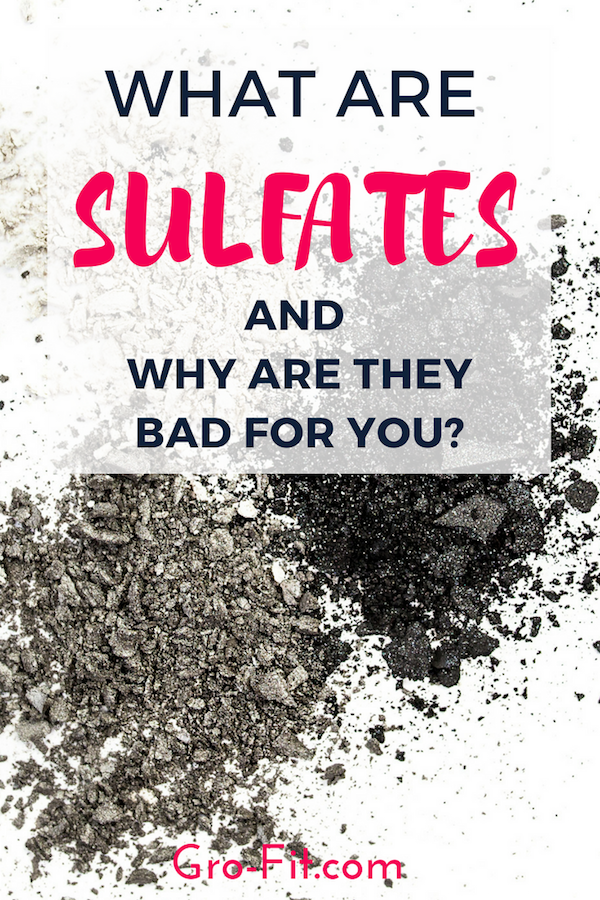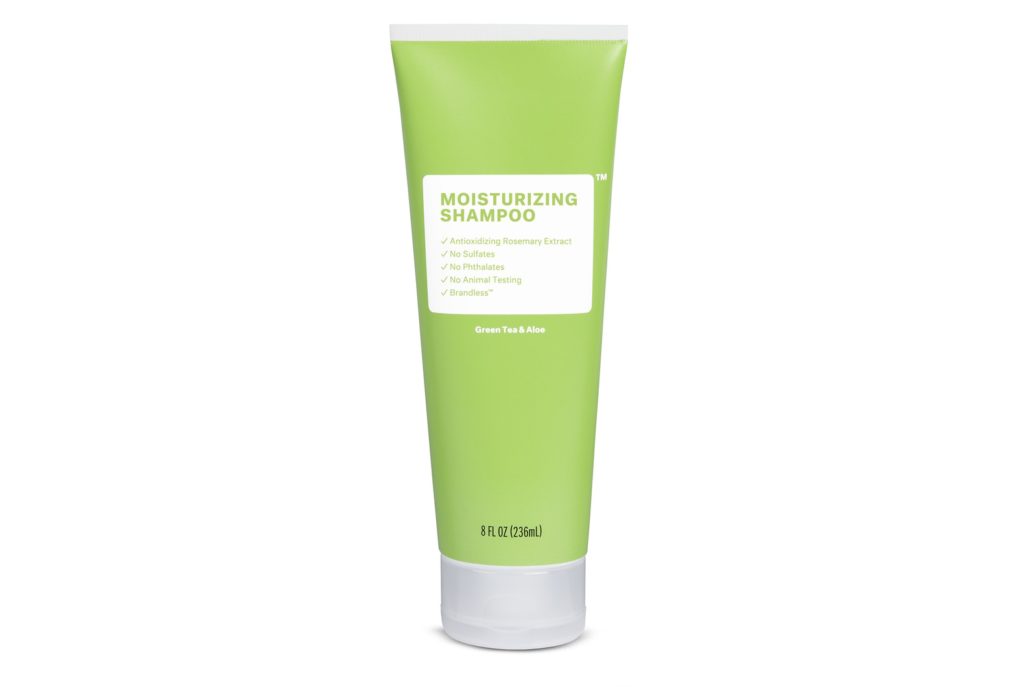Scientifically speaking, sulfates are salt byproducts that result when sulfuric acid reacts with another chemical. Just from that sentence alone, you’ve probably put your guard up. Salt, sulfuric acid, chemicals?! Those words would have anyone grabbing the nearest sulfate-free hair product. But back to sulfates for a minute…

History & Use
The word “sulfate” is a broad term for synthetic sulfate-based chemicals, such as sodium lauryl sulfate (SLS) and sodium laureth sulfate (SLES). These chemicals were introduced in the 1930’s to beauty products, specifically hair care. At the time, sulfates transformed the health and beauty industries by replacing simple, ineffective soaps people used on their skin and hair. They were and still are responsible for the thick, foamy lather we get from our products which we associate with cleanliness. They were also powerful, easy to make, and cheap. Sulfates quickly infiltrated health and beauty products and then moved on to household cleaning products, laundry detergents, and are even found in products that clean and degrease heavy machinery.
Why are sulfates bad?
So what’s the problem? Why are sulfates bad? The list is long, but simply, sulfates are too powerful for us to use on our bodies.
Sulfates strip the protective oils from our skin and hair and leave them exposed to the harsh environment. They cause frizziness, dryness, breakage and split ends and further damage colored hair. They also damage the cuticle of your hair which can result in a longer drying time, which could mean exposing it to more damaging heat from a hairdryer. Sulfates can also leave a residue which can cause dulling, static, and flyaways.
And what do we use to get rid of dulling and flyaways? Conditioners! Conditioners are synthetic, silicone-based chemicals that mask the damage done by sulfates. It’s a damaging cycle of using chemicals to get rid of the effects of other chemicals.
SLS and SLES can also irritate eyes, skin, and lungs, clog pores, and cause acne. It’s also been found that during the manufacturing process SLES can be contaminated with a substance called 1,4-dioxane, which is known to cause cancer in laboratory animals. Sulfates themselves haven’t been shown to cause cancer, but if contaminated it can be harmful to your health.
Sulfate Alternative Solutions
The good news is that once you know what to look for you’ll be able to avoid products that contain these chemicals. Conscientious companies are also aware of what sulfates are capable of and some have taken steps to reduce or eliminate sulfates from their products. So check to see if your favorite brand has a sulfate-free alternative.
If you’re still wary of “mainstream” products, there are plenty of sulfate alternatives. When looking for shampoos try oil-based soaps and solid soaps. African black soap and body cleansing oils are two products to check out.
Green Tea & Aloe Moisturizing Shampoo
Removes dirt without stripping your hair of its naturally beneficial oils. $3
Art Naturals
Argan Oil Shampoo & Conditioner Duo doubles up on the products’ restorative, nourishing properties. $25
Remember that when you are using sulfate-free products you probably won’t get that “rich, foamy lather” you’re used to seeing. So it might not “feel” like it is cleansing as much as your old product but it should still clean just fine.
One last word of caution. If you are trying to go “sulfate-free” make sure you read the label carefully. Sulfates have many names and other chemical compounds that aren’t technically sulfates are substituted (making them sulfate-free) but have many of the same harmful effects. Ones to look out for and avoid include:
● Sodium Lauryl Sulfate (SLS)
● Sodium Laureth Sulfate (SLES)
● Sodium Lauryl Sulfoacetate
● Sodium Lauroyl Isoethionate
● Sodium Lauroyl Taurate
● Sodium Cocoyl Isoethionate
● Sodium Lauroyl Methyl Isoethionate
● Sodium Lauroyl Sarcosinate
● Disodium Laureth Sulfosuccinate
What are some of your favorite sulfate-free products? Let us know in the comments!




